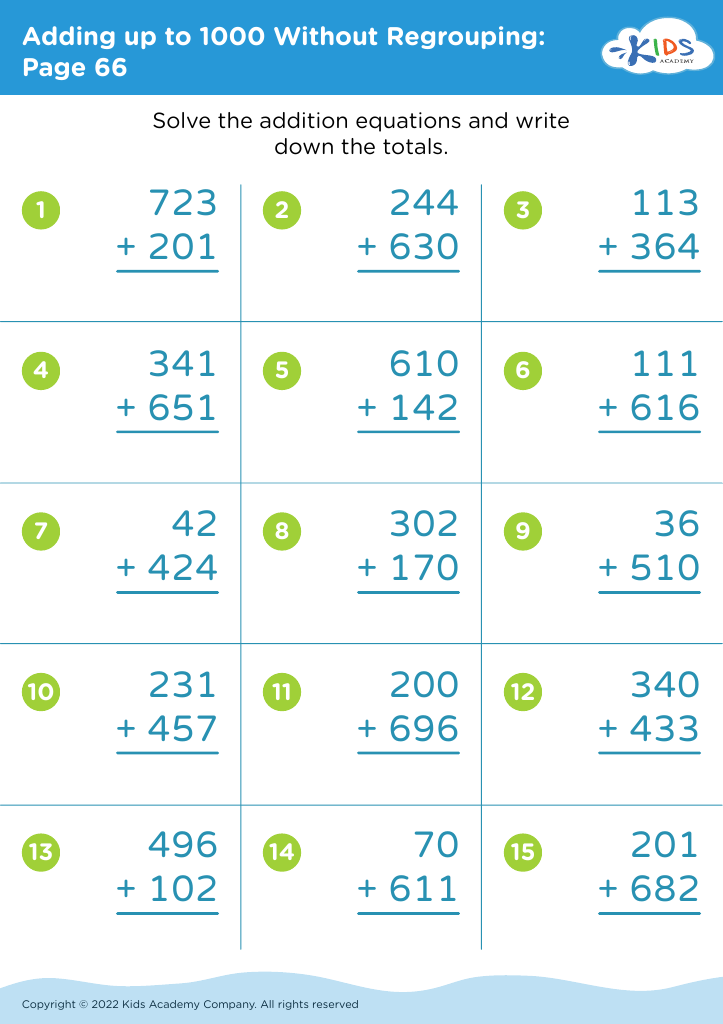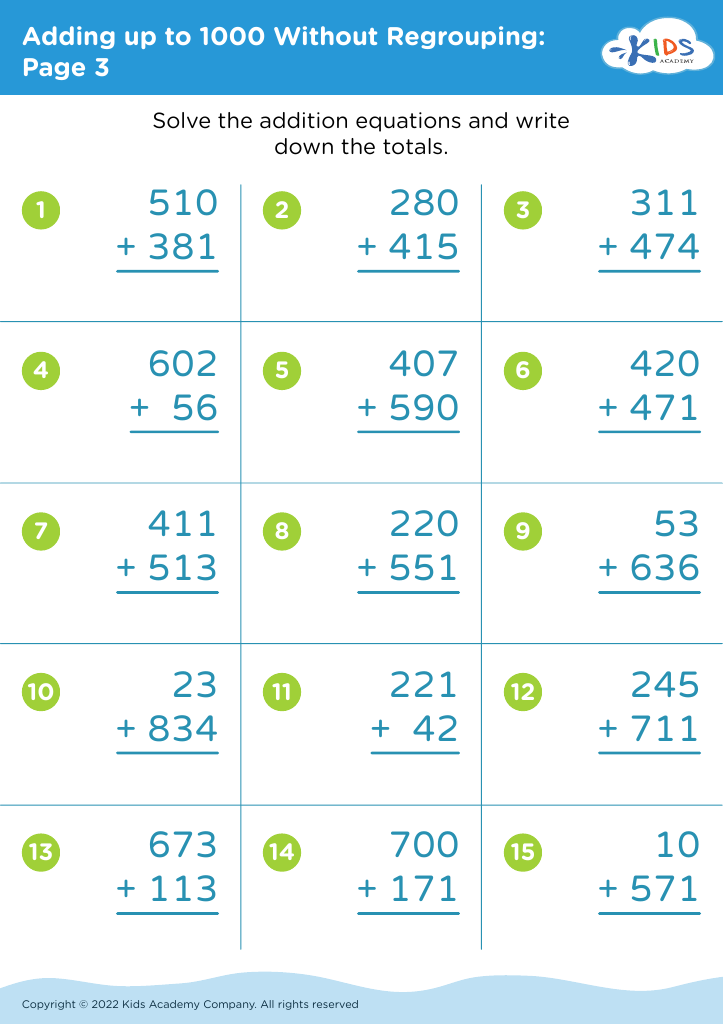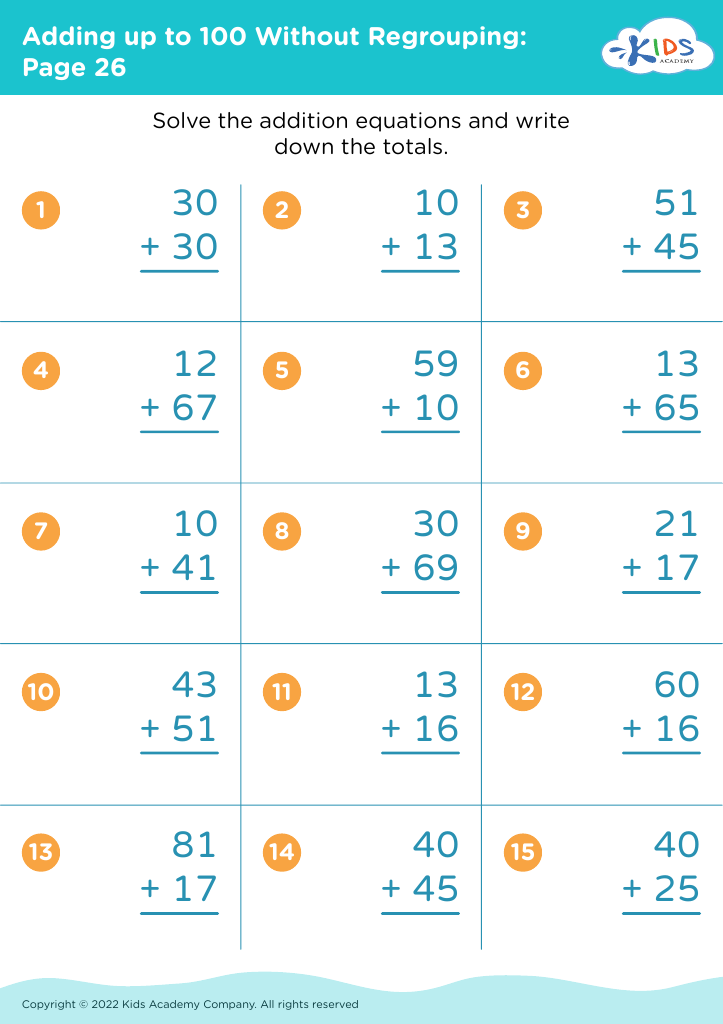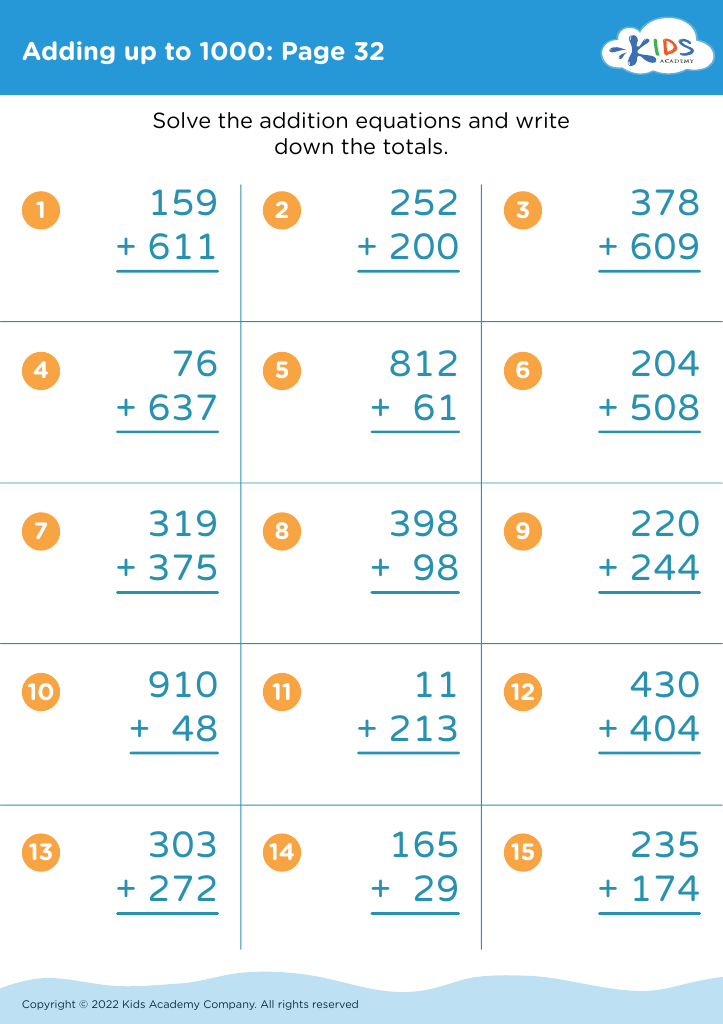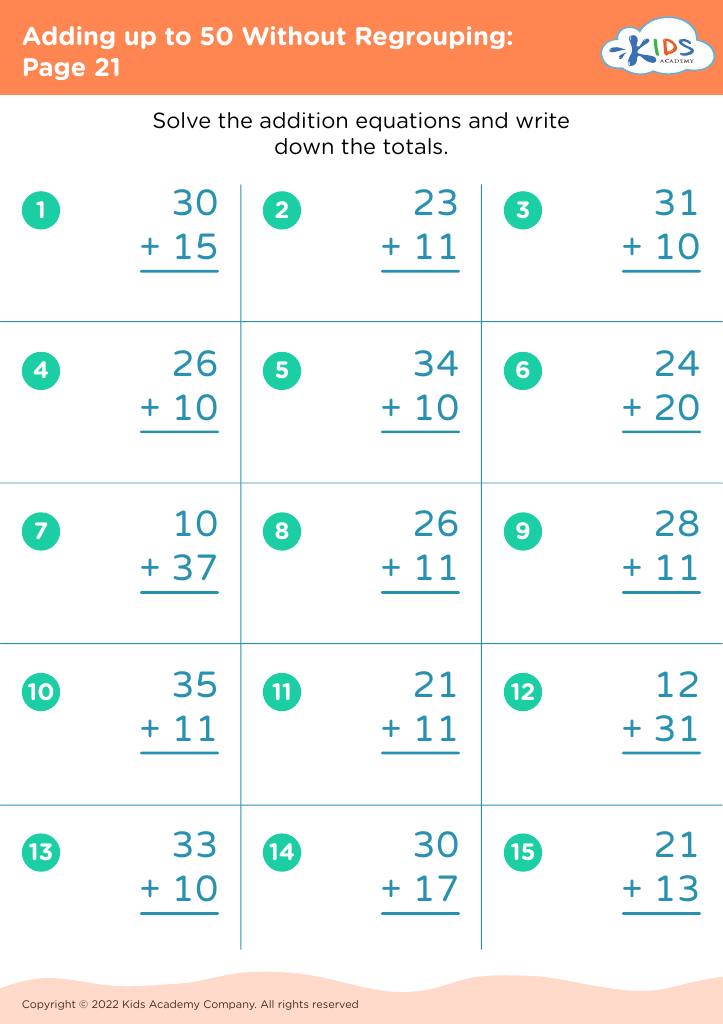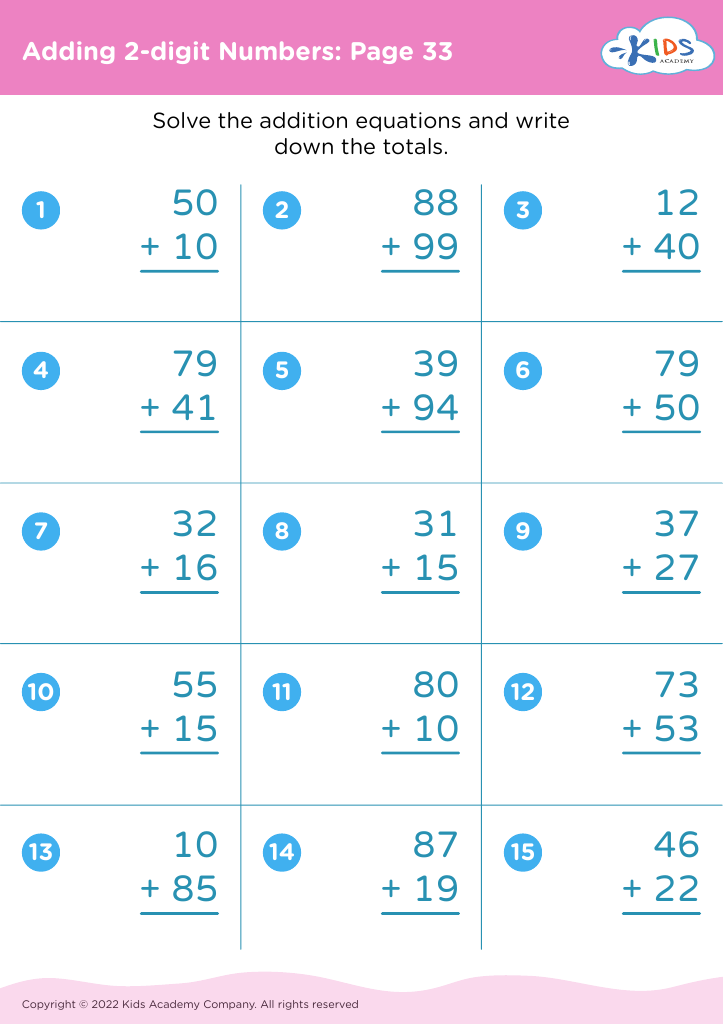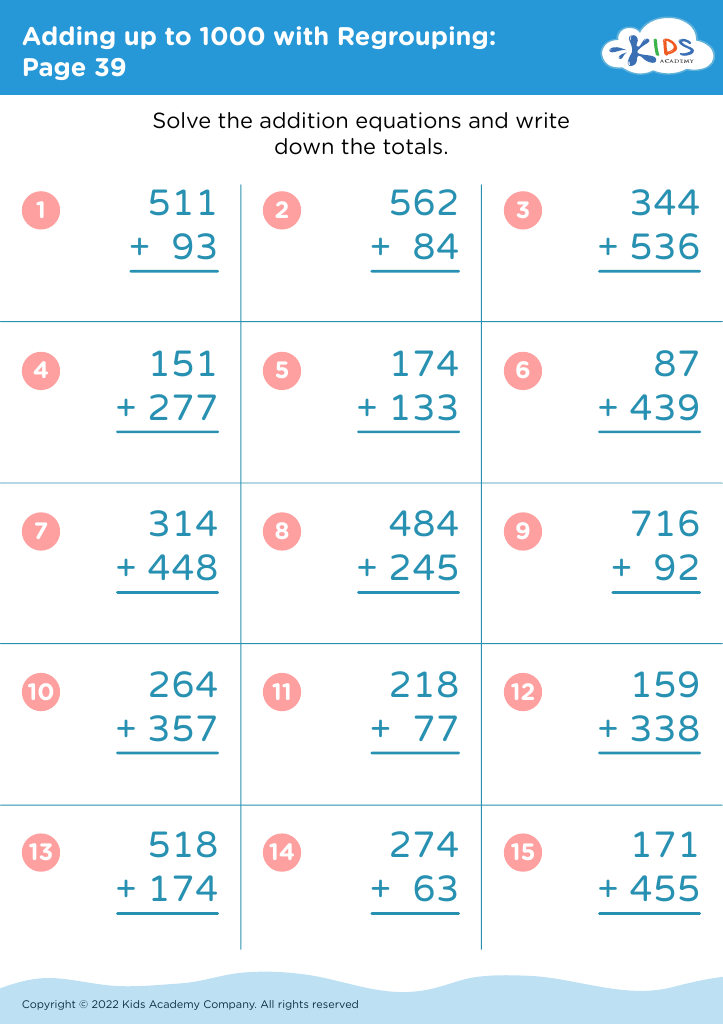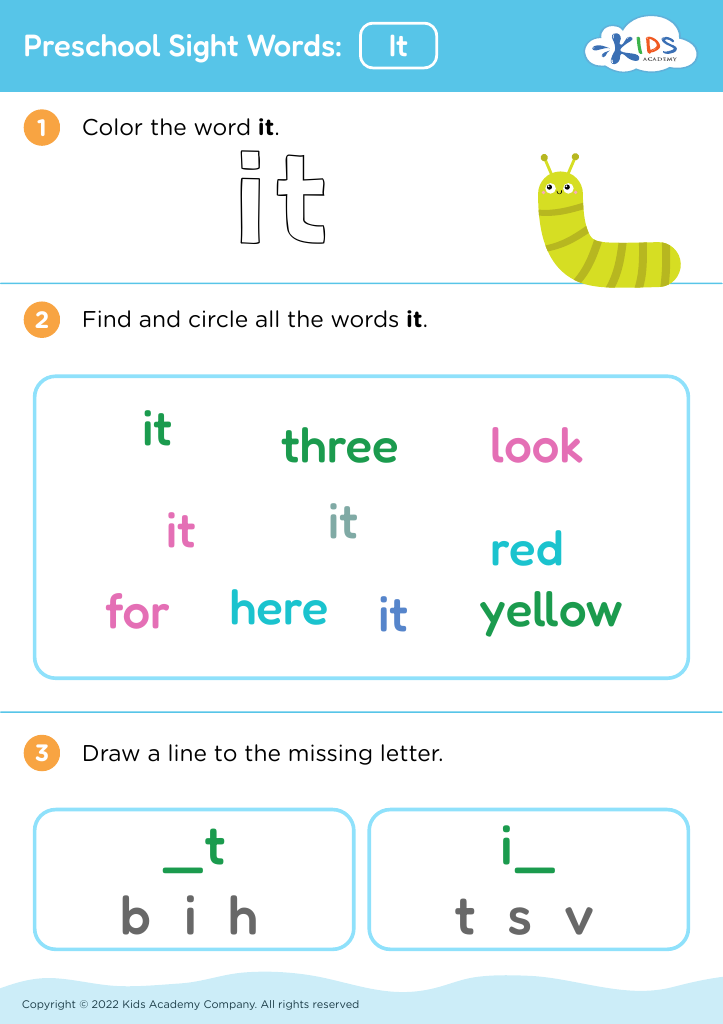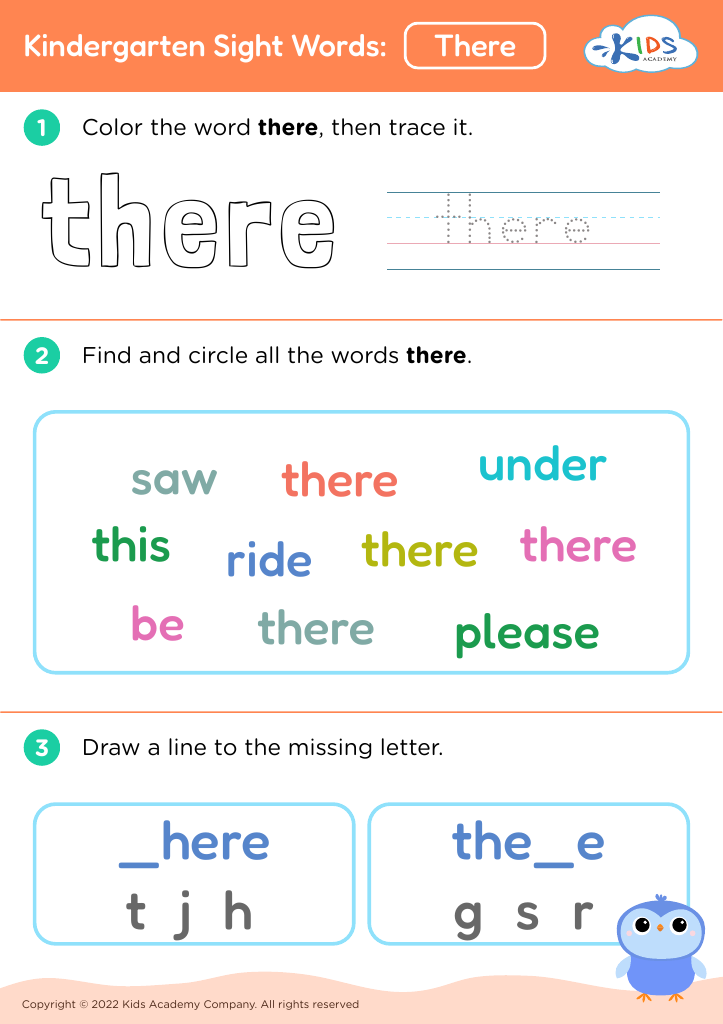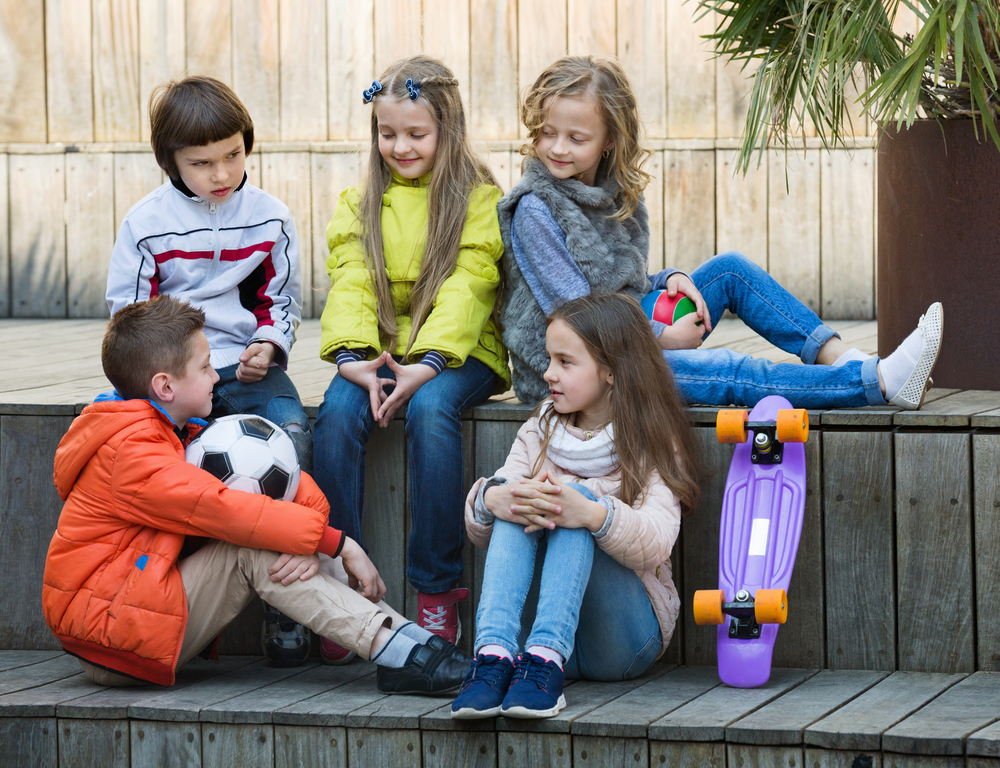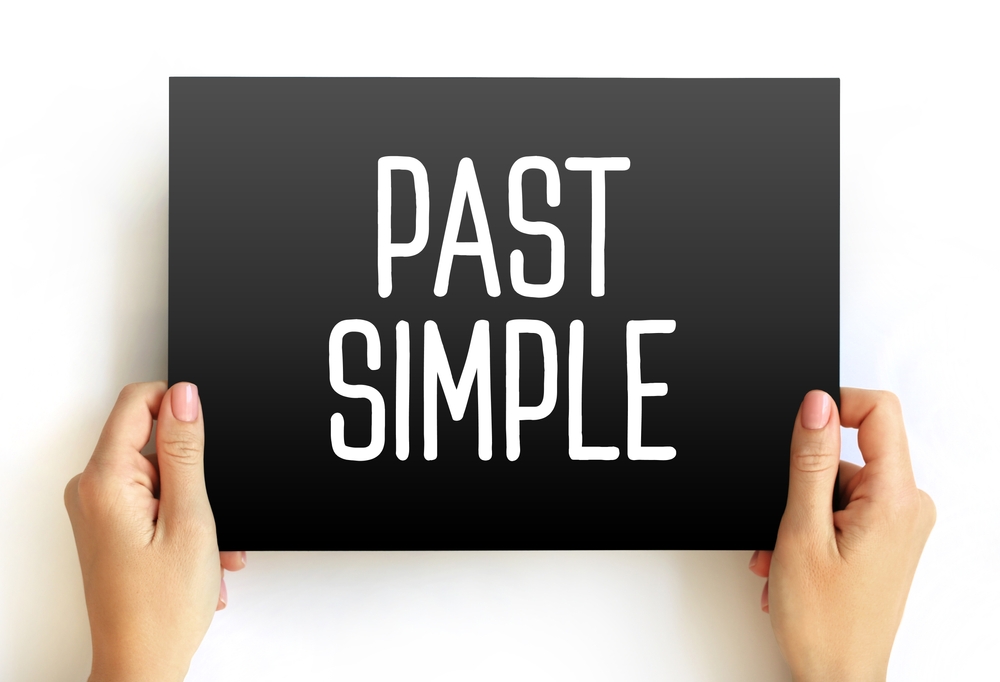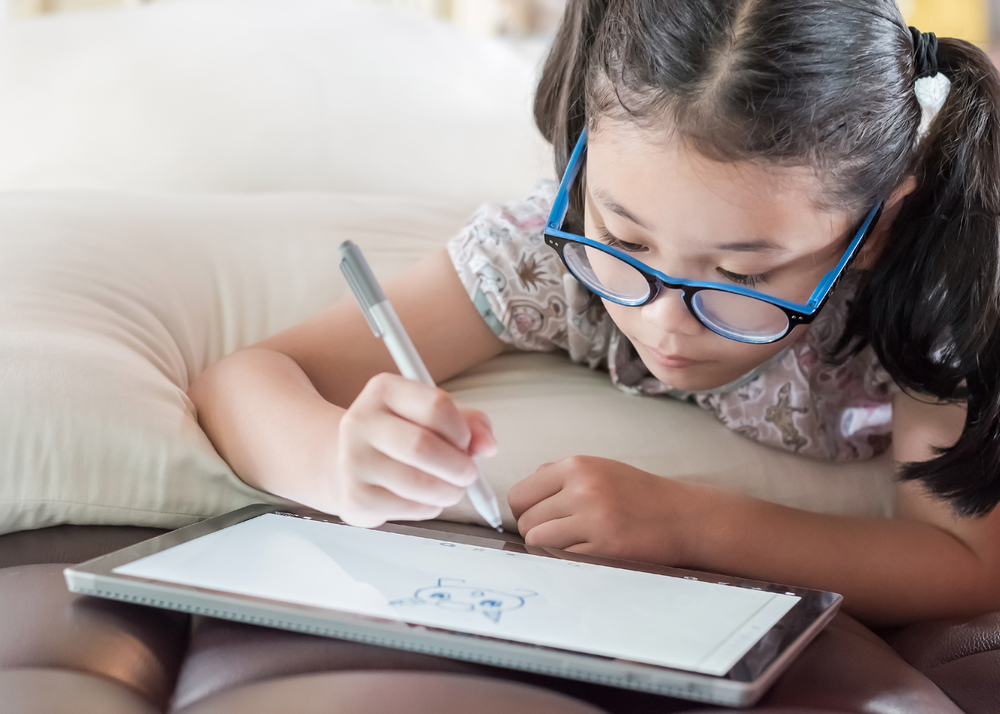Recognize shapes Worksheets for Ages 3-7
12 filtered results
-
From - To
Introduce your little ones to the world of geometry with our "Recognize Shapes Worksheets for Ages 3-7". These engaging and educational worksheets enhance early learning skills by helping children identify and differentiate between various shapes. Perfectly designed for preschoolers and early elementary kids, the exercises keep young minds stimulated with fun activities and colorful visuals. From circles and squares to triangles and rectangles, our thoughtfully crafted worksheets build a solid foundation in shape recognition, critical thinking, and fine motor skills. Turn learning into playtime and watch your child’s confidence soar as they master the world of shapes!
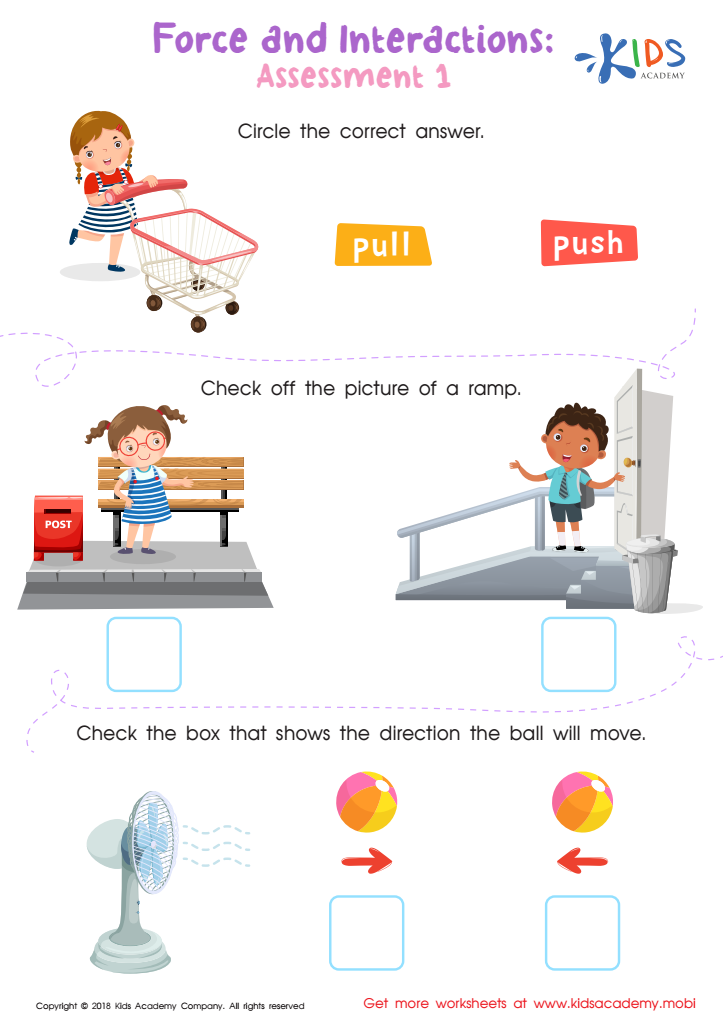

Force and Interactions: Assessment 1 Worksheet
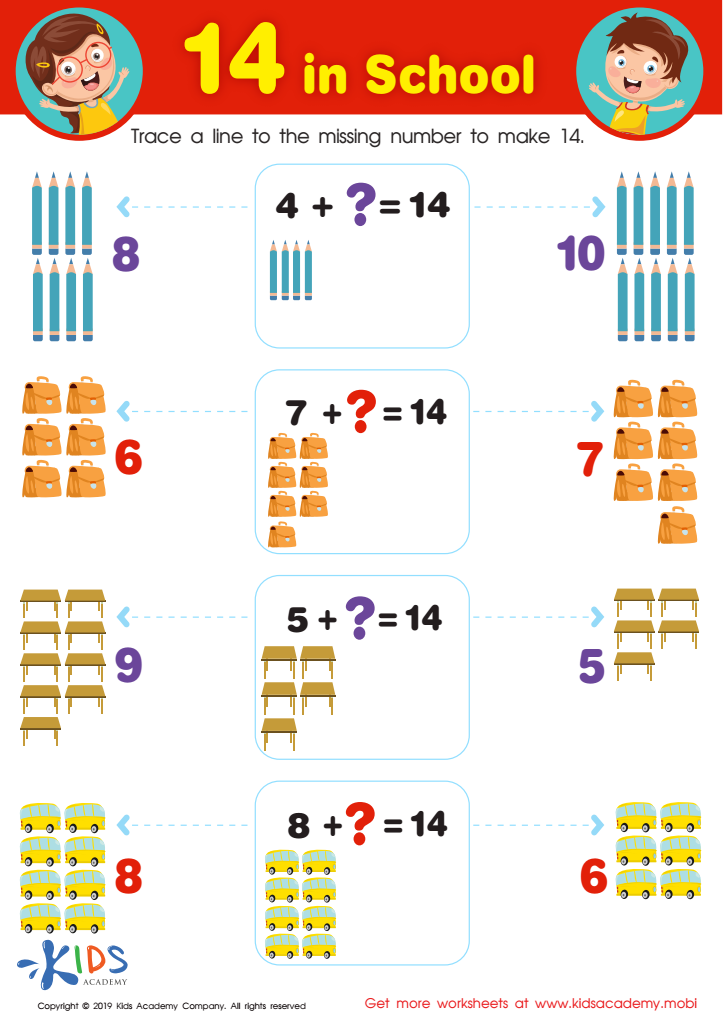

14 in School Worksheet
Understanding and recognizing shapes is crucial for children aged 3-7 because it lays the foundation for various cognitive, motor, and mathematical skills. Shapes are among the first tools children use to understand and categorize the world around them. Recognizing shapes enhances their spatial awareness, allowing them to better navigate and interact with their environment.
For cognitive development, identifying and differentiating shapes aids in pattern recognition, a fundamental skill in logic and problem-solving. When children engage in activities that involve sorting shapes, they practice critical thinking and analytical skills.
Shape recognition is also intertwined with early math skills. By becoming familiar with shapes, children learn to classify objects based on different attributes, which is an essential component of geometry. This, in turn, prepares them for more advanced math concepts as they grow.
Fine motor skills are honed through activities involving shapes, such as drawing, tracing, or constructing with shape-based toys. These activities strengthen hand-eye coordination and precision.
Additionally, recognizing and naming shapes enhances language skills, as children expand their vocabulary and learn descriptive language. Socially and emotionally, mastering shape recognition can build a child’s confidence and foster a positive attitude toward learning. Therefore, both parents and teachers should prioritize shape recognition as a fundamental element of early childhood education.

 Assign to My Students
Assign to My Students

